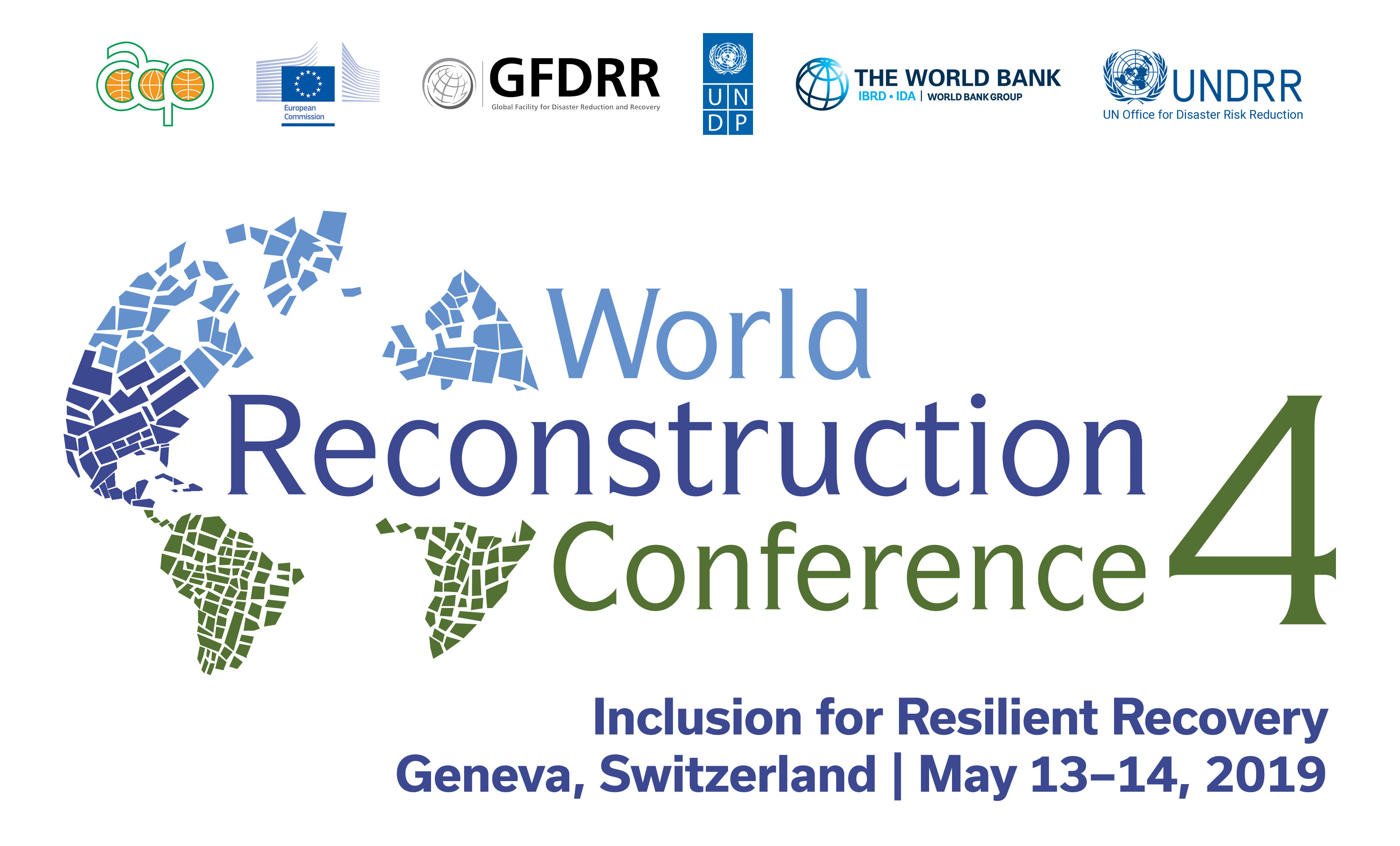Session Summary
From 2005–2015, disasters caused US$1.4 trillion in economic damage, killed 0.7 million and affected 1.7 billion people. In 2017 alone, 318 disasters killed over 9,500, affected 96 million and displaced 18.8 million women, men, boys and girls internally, causing US$314 billion in economic damage. These impacts are not evenly distributed across the population. As noted earlier in this report, specific population groups, including women, girls, boys and persons with disabilities are disproportionately affected by disasters and have different and uneven levels of resilience and capacity to prepare, respond and recover, due to various dimensions of inequality of risk.
As a result, key impacts associated with specific population groups are concentrated in crisis. These groups also face a slow and challenging recovery during reconstruction. For instance, some 60 percent of all preventable maternal deaths in the world take place in countries experiencing humanitarian emergencies. Similarly, higher mortality rate of women, children and persons with disabilities in some disaster cases are reported in Asia and the Pacific.
Evidence and experience show these groups’ contributions to disaster recovery and reconstruction, their leadership as first responders, and their central role in community resilience is significant. Yet these roles and their potential expansion remain largely unrecognized and unleveraged in preparedness, recovery and resilience-building strategies.
In order to better understand how different parts of a community are impacted by disasters and how they prepare, respond and recover from them, the collection, dissemination and analysis of risk, disaster and recovery data is critical, particularly data disaggregated by sex, age, disability and other characteristics. In addition, the analysis of financial data, such as budget aid allocation through contingency and recovery plans to different groups of affected populations, is critical to determine current gaps, needs and priorities as well as ensure meaningful engagement of affected populations.
Exposing the cases of women, young men, boys and girls as well as persons with disabilities, and engaging with key data sources used to assess and respond to risks and impacts, a thematic session discussed the collection and analysis of disaggregated data in the continuum of preparedness, response and recovery, contributing to the broader spectrum of gender-responsive recovery and reconstruction. Best practices, including the recent PDNA in India, technology-based response in Indonesia, DRR initiatives led by local women in the Solomon Islands, risk assessments and use of data in contingency planning development in Latin America, and data collection in high-risk settings were highlighted. In addition, main findings from a UNICEF-UN Women study on the gender and age inequality of risk were introduced.
The showcased evidence and experience demonstrated how the usage of disaggregated data led to more effective disaster recovery, preparedness and response, reaching vulnerable and marginalized population groups, and highlighted how it can promote inclusion and leadership by those left furthest behind. Improving data systems and disaggregation in high-risk, crisis, and recovery settings was insisted upon.
This session articulated the need for collecting disaggregated data to identify the differentiated impacts of disasters. Without comprehensive data we can’t know who is being impacted; particularly in terms of women and individuals with disabilities. There will be challenges and barriers to collecting credible disaggregated data, particularly in crisis settings. As a potential solution, perspectives from the Solomon Islands showed how countries with limited data can identify and mobilize marginalized and invisible populations through engaging local communities to develop Community Profiles that accelerated recovery efforts.
Effective data collection can lead to the pre-disaster identification of vulnerable communities. This is exemplified in Kerala where disaster-related mortality for persons with disabilities was extremely low due to targeted preparedness work informed by comprehensive data. Vulnerable and hard-to-reach persons may not always be reflected in disaggregated quantitative data. To leave no one behind, UNFPA suggested adopting human rights-based approaches to data collection which can address the failures in identifying the most marginalized. However, it must be noted that attempting to collect disaggregated data for inclusion can often lead to exclusion due to political and social factors. Post-disaster damage and loss assessments are seldom disaggregated by sex, age and disability, and are usually recorded in terms of productive resources, leading to a substantial undervaluation of the impact on women and other vulnerable groups.
To bridge this gap, panelists highlighted the need for political will to turn commitments into action. A starting point is to build on good practices, using the means and modalities which were introduced during the session, such as (a) learning from the Kerala PDNA which highlighted how the inclusion of disaggregated data and the participation of marginalized populations can inform better recovery (b) utilizing open source data and volunteerism to build self-reported maps and (c) assessing needs by including local participation. Joint research for the UNICEF and UN Women utilized mixed data and targeted interviews to build a disaggregated data set that pieces together a complex puzzle of the differentiated impact of disaster. To identify missing voices, it is essential to gather adequate pre-disaster data.
The main recommendations of the session include (a) collection and sharing of disaggregated data to be made part of program evaluations to inform and guide humanitarian response and recovery (b) promotion of investment in targeted inclusive pre-disaster programming (c) advocacy for the combination of disaggregated quantitative data with qualitative information on vulnerability, impacts and recovery and (d) systematic inclusion of vulnerable and hard-to-reach individuals who are not reflected in disaggregated quantitative data to ensure their needs and concerns are reflected.

